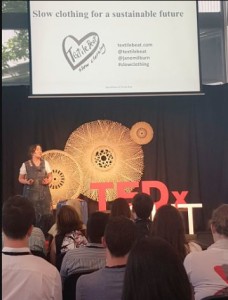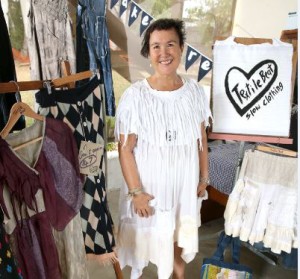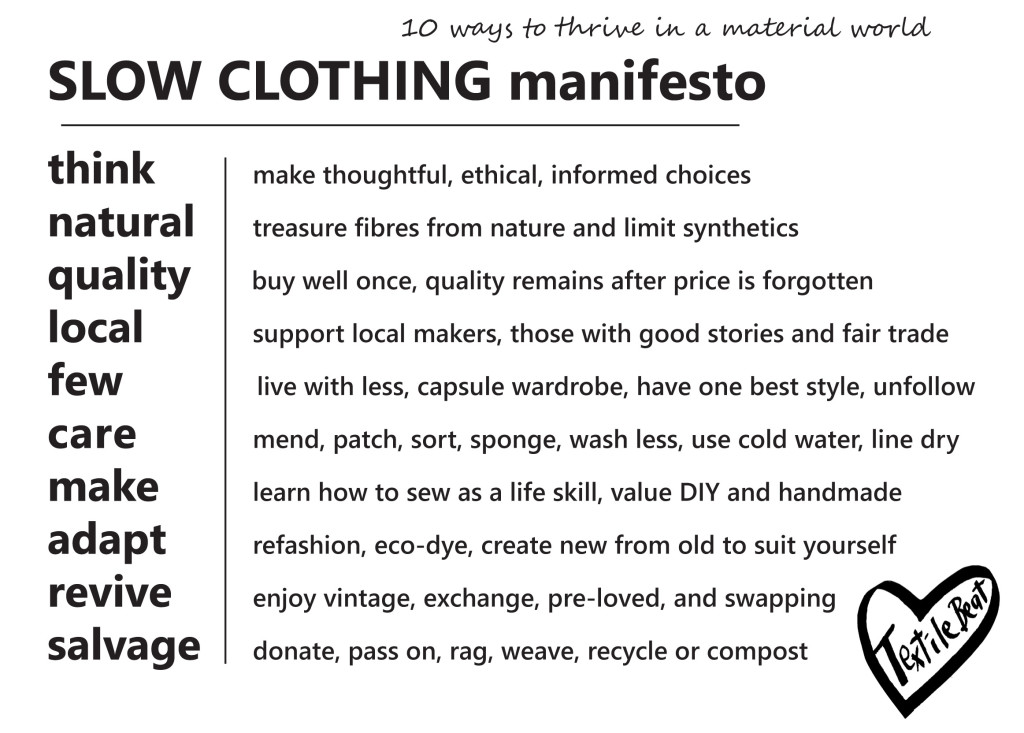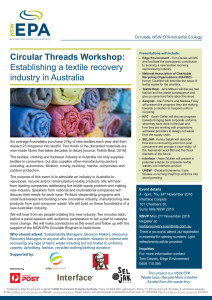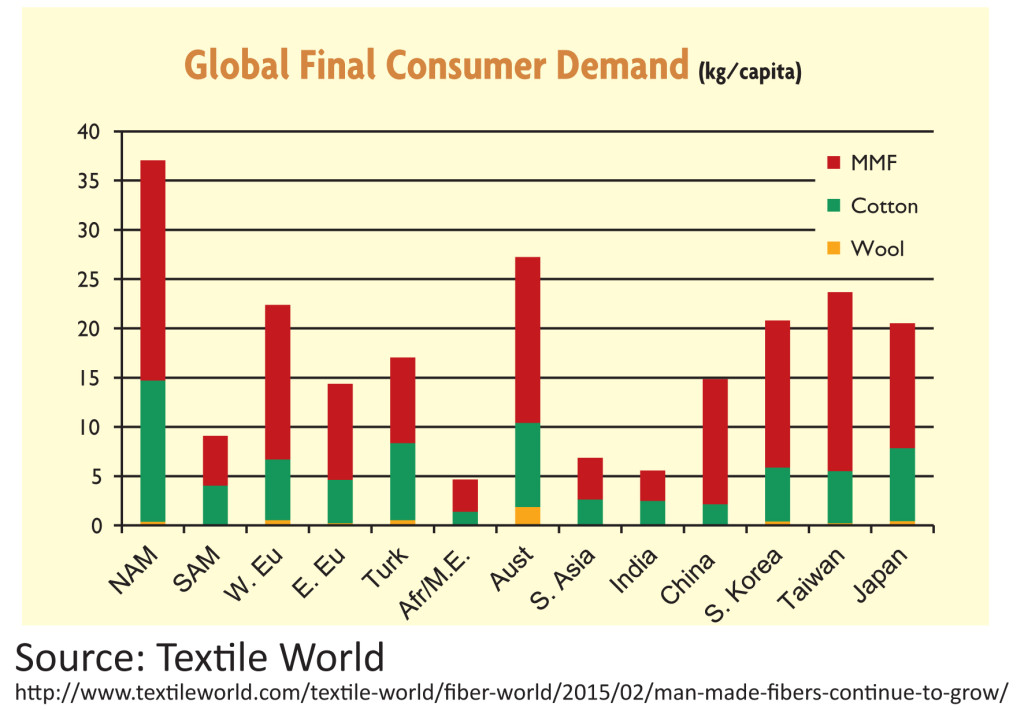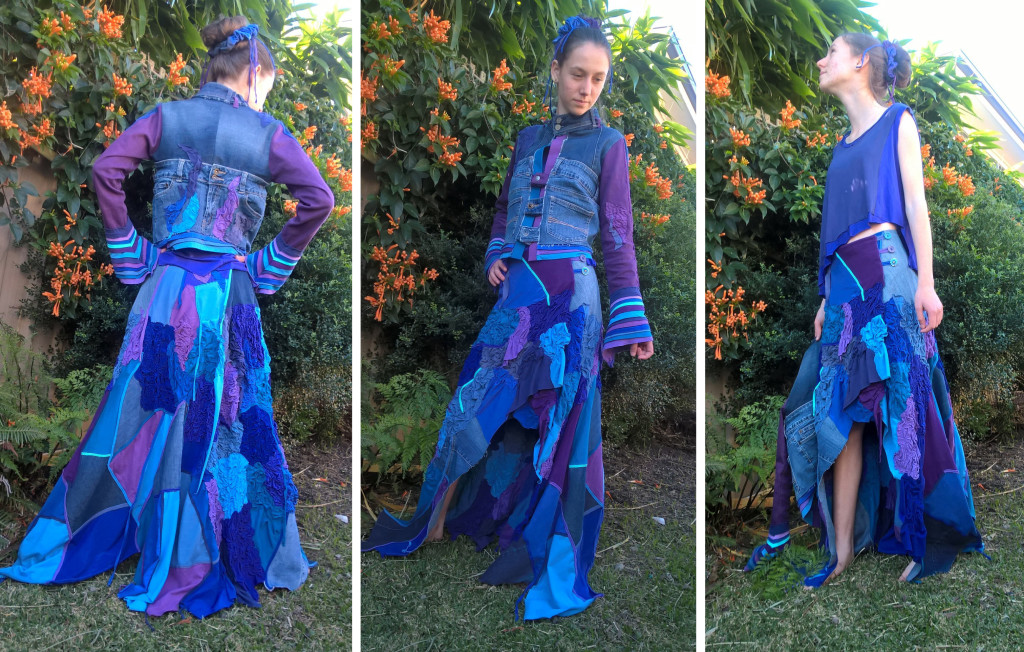Start where you are, use what you have, do what you can. Using observation and instinct, Jane Milburn and Textile Beat join the dots and explore a science-based narrative about clothing.
Clothes do for us on the outside what food does on the inside – they nourish and warm our body and soul. In the same way that conscious eaters are sourcing fresh whole food and returning to the kitchen, conscious dressers are seeking to know more about the provenance and ethics of clothing and curious about how it is made. Every day we eat and we dress to survive and thrive, and it is not just the style that matters, substance does too.
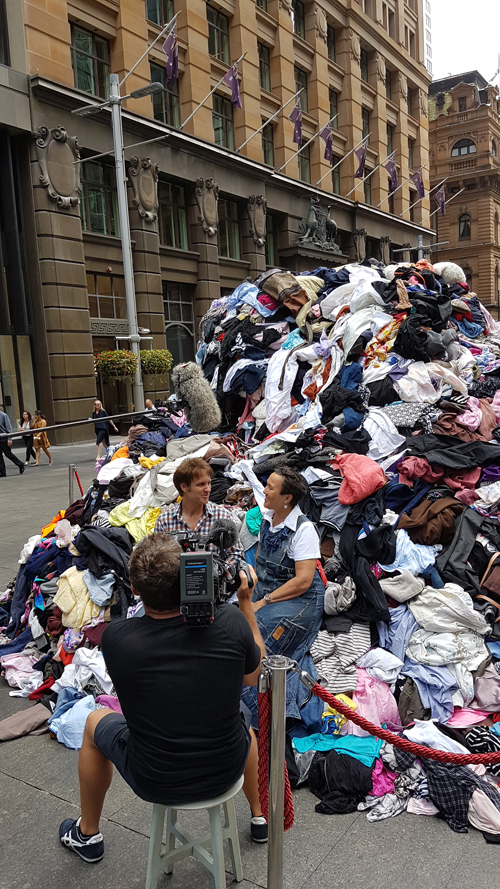
War on Waste with Craig Reucassel, coming to ABC TV in 2017
Fast and processed industrial food has had a dramatic impact on our health in recent years and similarly there has been transformational shift to industrial factory-made clothing, the social and environmental impacts of which we are only now coming to understand.
The Food and Agriculture Organisation reports that at least one-third of food produced is never eaten and creative solutions are emerging to divert and reduce that waste. In the same way, there is growing evidence a third of clothing is wasted, with much potential to upcycle and redeploy it. My purposeful work is bringing awareness to these and other material issues.
More than 90 percent of garments sold in Australia are now made overseas, mostly in Asian factories. Most people buy off-the-rack or online, with very few making anything for themselves to wear. As a natural-fibre champion, I am troubled that synthetic fibres made from petroleum now dominate the clothing market at a time when research shows these plastic clothes are shedding millions of microplastic particles into the ecosystem with every wash.
Continue Reading →

